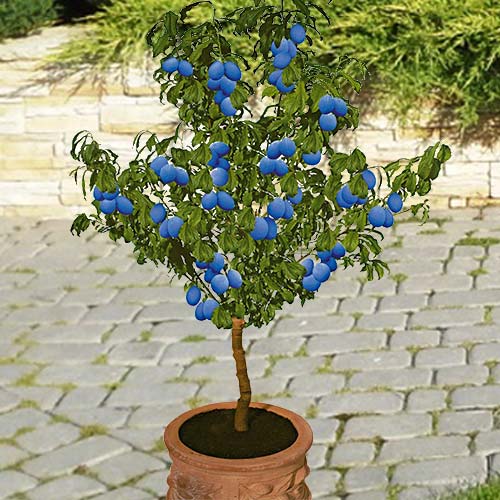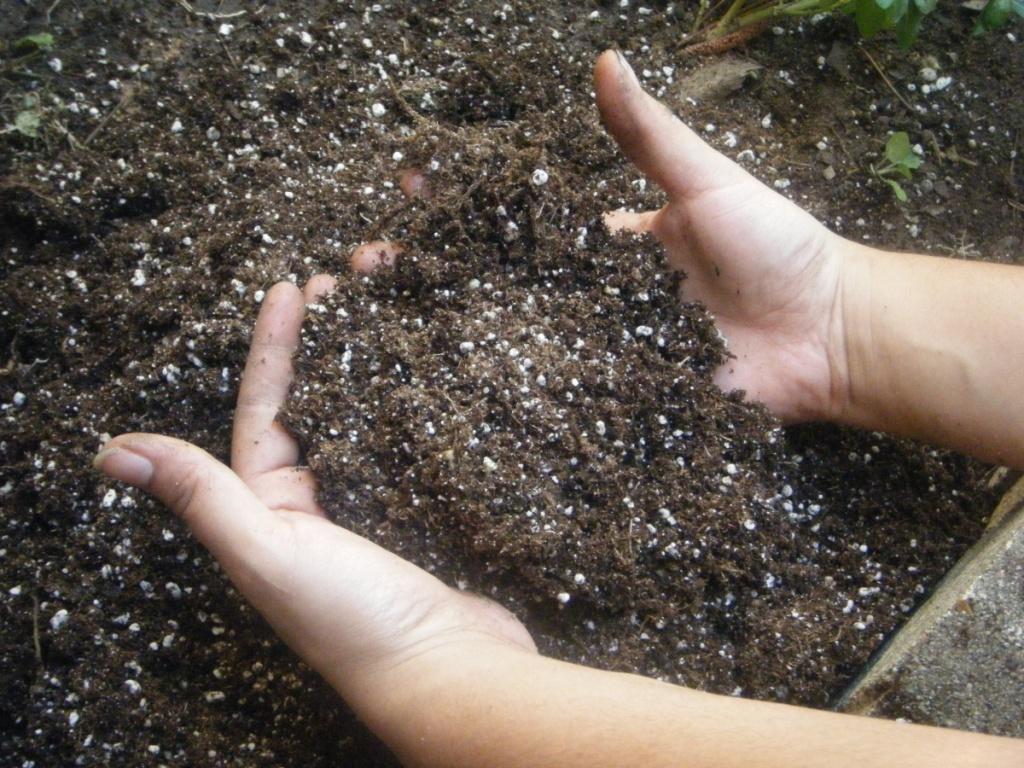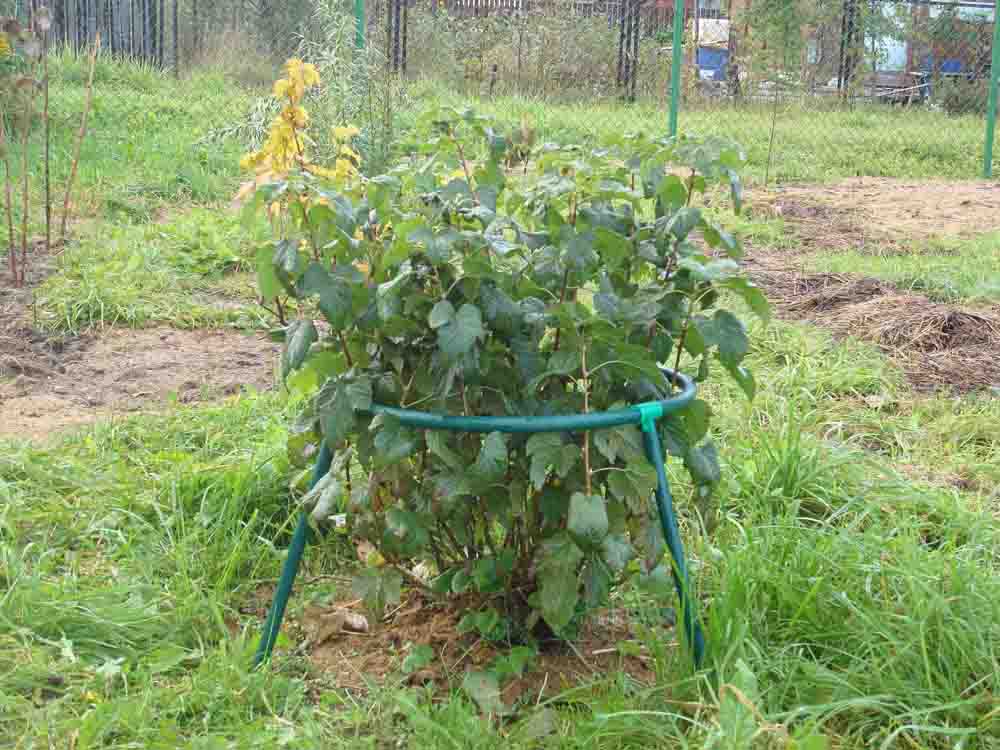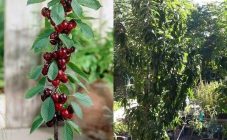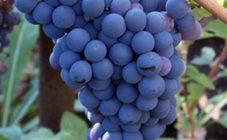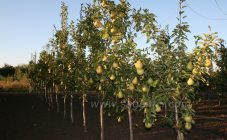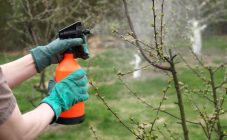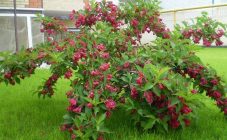Garden owners are often faced with the problem of high groundwater levels. How deep the groundwater is located plays an important role for plants. If moisture is located close to the surface, the plants have frequent contact with it, which prevents oxygen from entering the tissues of the cultivated plant. The lack of oxygen, in turn, causes the plant to wither. Also, cold moisture, which is underground, adversely affects the health of crops. In such conditions, when the soil is constantly damp, it is difficult to grow any plants.
When the waters on the site lie close to the ground, gardeners have to take this into account and choose moisture-loving fruit bushes for a summer residence. The problem of a high groundwater level can also be dealt with by planting plants with superficial roots or, in various ways, forcing the root system of plants to grow not in depth, but superficially. Let us consider the first option in more detail, answering the question: which fruit trees are not afraid of groundwater.
What species love moist soil
Crops that are not suitable for excessive soil moisture include: pears, apricots, apple trees, spruce, cedars. Moisture-loving fruit trees and shrubs for summer cottages: birch, willow, irga, elderberry, cherry, sea buckthorn, viburnum, raspberry, currant, chokeberry, plum.
The optimum depth at which groundwater is deposited for different types of fruit trees varies. Thus, the cultivation of pome-bearing species (pears, apple trees) should be carried out on soils where groundwater is at least 3 meters. With soil moisture, seed breeds are selected with properties such as high frost resistance and low growth. Better for such soils are apple trees grafted onto rowan or quince rootstocks. These species are known as dwarf species. Their difference from tall crops is that undersized species grow well on soils with a shallow location of groundwater (near water is at a depth of 1.5 meters).
Stone fruits (blackthorn, cherry) grow on soils, where the waters are located at around 1.5-2 meters. At a level above this, the roots of plants fall into the water and die off, and the tops of the plants begin to dry out.
How to plant tree seedlings
When groundwater occurs near the surface, the roots of plants are constantly damp. This leads to their decay and further disease and death of the tree. In order to avoid this, it is necessary to raise the soil level by artificial means. In this case, bulk mounds are used.
The main advantages of landing on a hill:
- excess moisture is quickly removed from the roots;
- the soil is enriched with oxygen (increased air permeability);
- in spring the soil warms up faster.
The cons are:
- in excessively hot weather, overheating of the root system is possible;
- the soil dries out quickly.
Cons can be minimized by laying mulch on the surface of the hill. Shelter plays an important role in winter.The cover helps the plant to withstand temperature extremes; in spring, during thaws, it does not allow the soil surface to warm up ahead of time. In summer, the mulch cover gives protection against overheating (drought resistance), keeps the soil loose, and maintains moisture.
A good shelter is also the fact that when the tree is watered, an even distribution of moisture occurs, and the soil is not eroded. The layer thickness must be at least 15 centimeters. The more varied the materials, the better. Dry leaves, stems, branches, shavings are suitable for the procedure. From rodents, tree trunks are covered with non-woven material, since under it the trunks are not subject to dampness.
Let us consider in more detail the very system of planting seedlings on a hill. The area where the seedling is planned to be planted should be in partial shade. A hole is pulled out (size - about 100 cm by 100 cm). Crushed stone is poured to the bottom. The next step is to form a hill. The soil for the hill is loamy. The upper soil layer of sod-podzolic soil is taken. The height of the embankment is about one meter. The tree is planted at the top of the hill.
With the growth of the tree, it is necessary to increase the diameter of the hill. In order to plant a two-year-old seedling, the hill must have a circular area and be about one and a half meters in diameter. In subsequent periods of growth, namely in the second or third year of the tree's life, the diameter of the circle should be increased by 3-4 meters. For this reason, it is necessary to determine in advance the place of planting the seedling taking into account the expansion of the bulk area. In order for the elevation not to be washed out, it should be strengthened with a frame and mesh reinforcement. The circle near the trunk of the planted plant should be weeded regularly to remove weeds.
These procedures may not be sufficient for high groundwater levels. Also, a drainage system is a measure to solve this problem. But for its implementation, a detailed study of the features of the garden plot is necessary, namely: the structure and composition of the soil, the depth of the waters, and clarification of the value of the natural slope of the site.
Experienced gardening tips
Some summer residents recommend planting a tree in a planting hole, where a piece of plastic is laid at the bottom of an earthen depression. This should stop the root system from growing downward and allow it to grow laterally.
We also recommend making a wooden box. To do this, you need to put together a wooden box, 2x2 meters in size and 1 m high. Fill the box so that the boards are covered with soil. To maintain the hill, the boards are left.
Drainage, as a rule, is an expensive measure, for this reason, gardeners still recommend the use of artificial embankments, so you can raise the level of a part of the site by a meter (depending on what trees to plant, the type of root system and the sensitivity of the plant to moisture).
It is possible to grow trees and shrubs on dwarf rootstocks. In order to limit the growth of the root system, grafting is required on waterproof rootstocks of other species (an apple or pear tree is grafted onto a mountain ash, a cherry tree is grafted onto a blackthorn). You can restrict root growth downward. For this, an impenetrable barrier (slate sheet) is created, or the taproot is cut.
